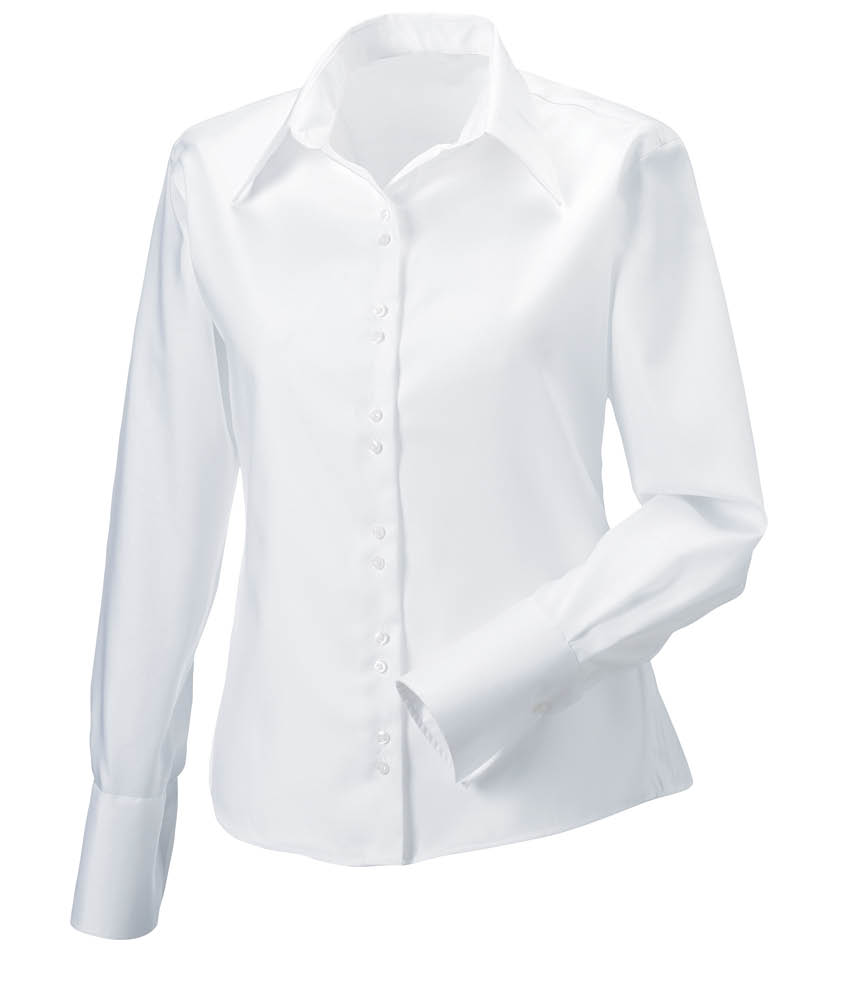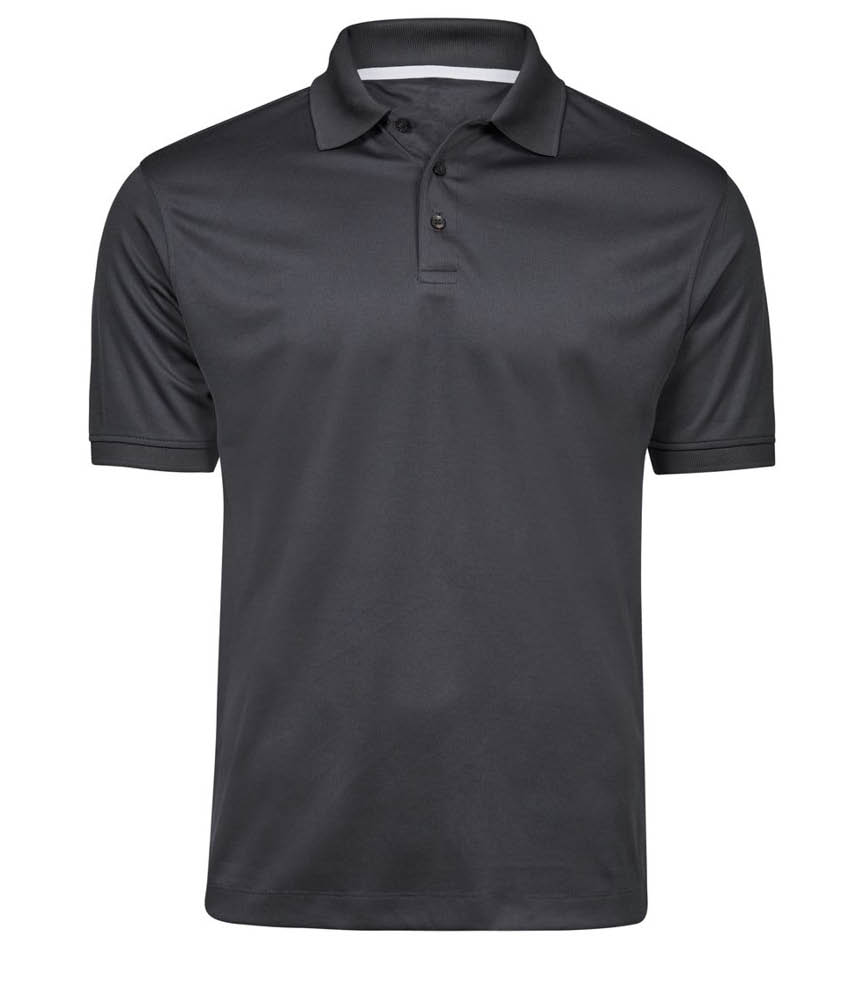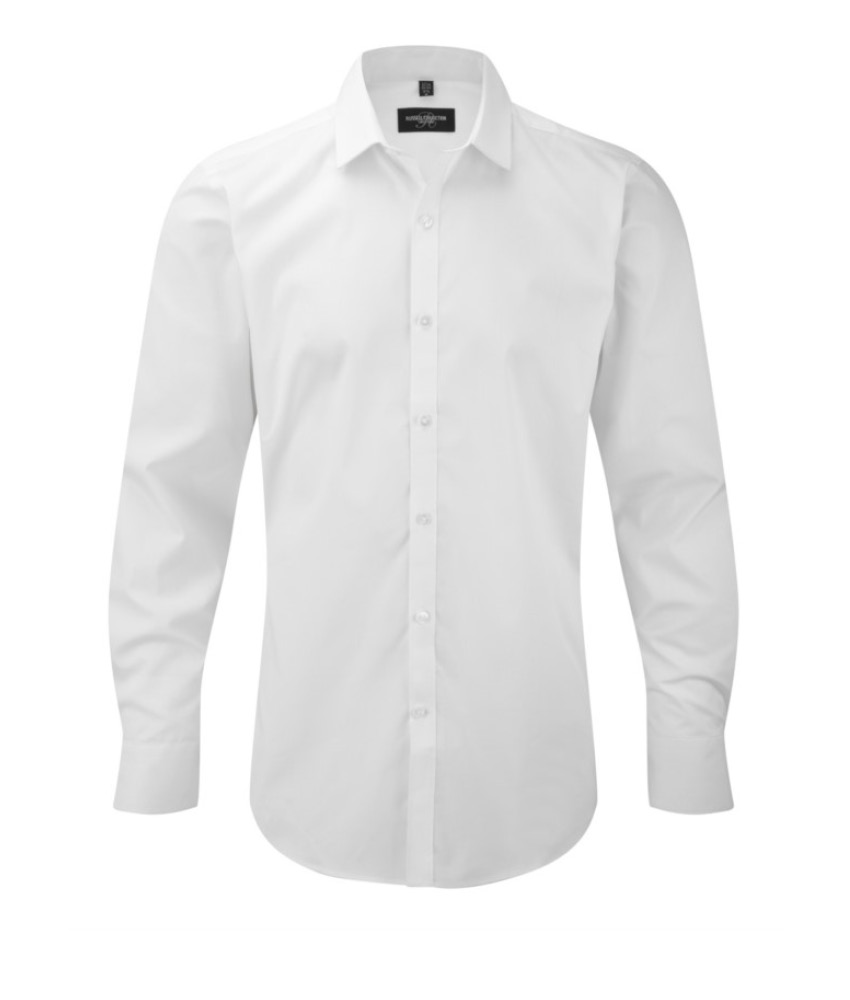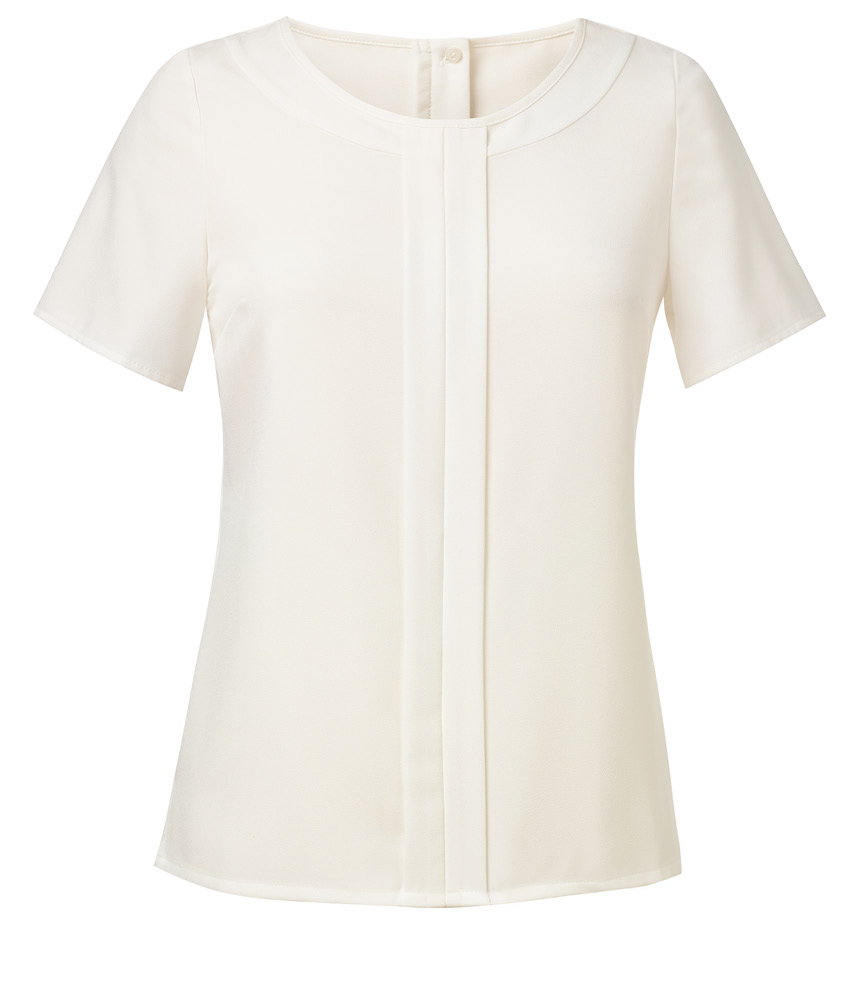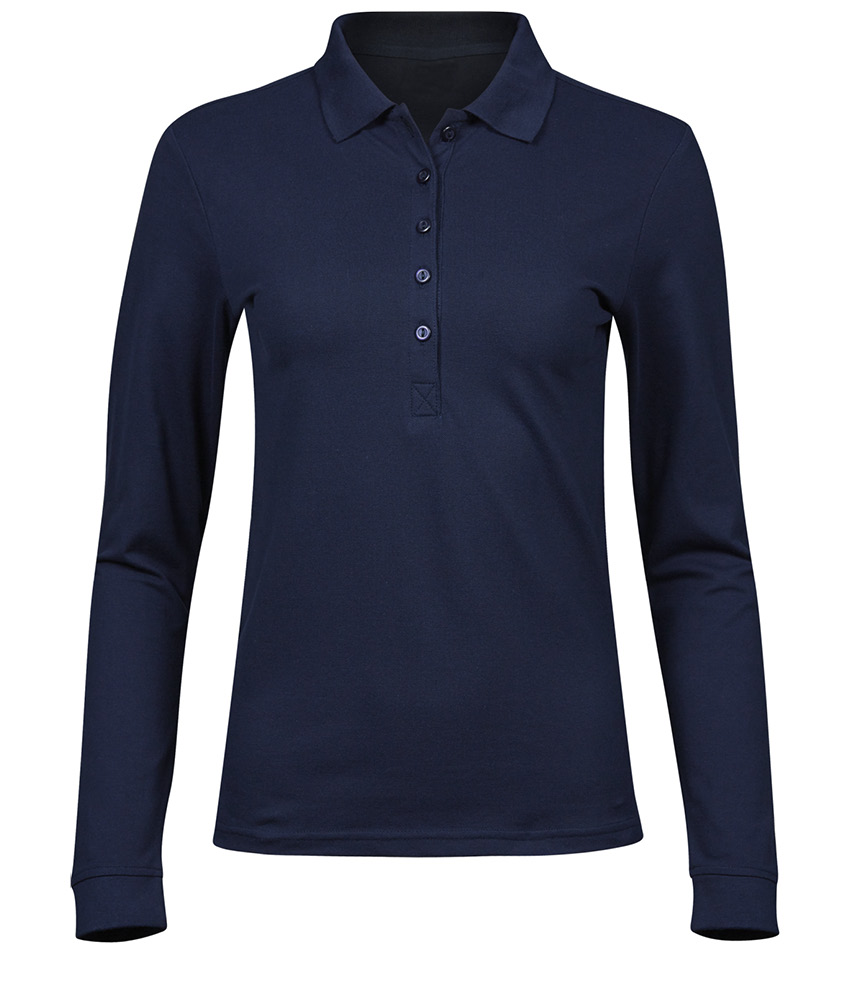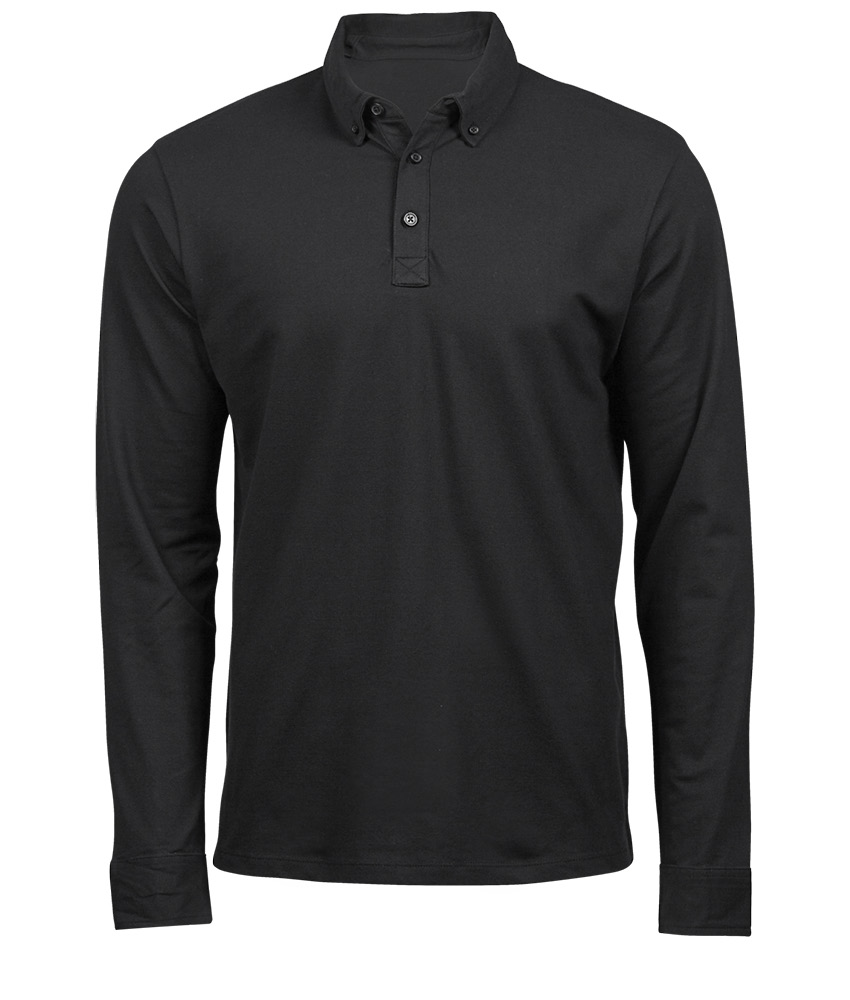Discovering Jeans and Denim
What is the history of this famous piece of clothing? Let’s discover it together.
Discovering Jeans and Denim
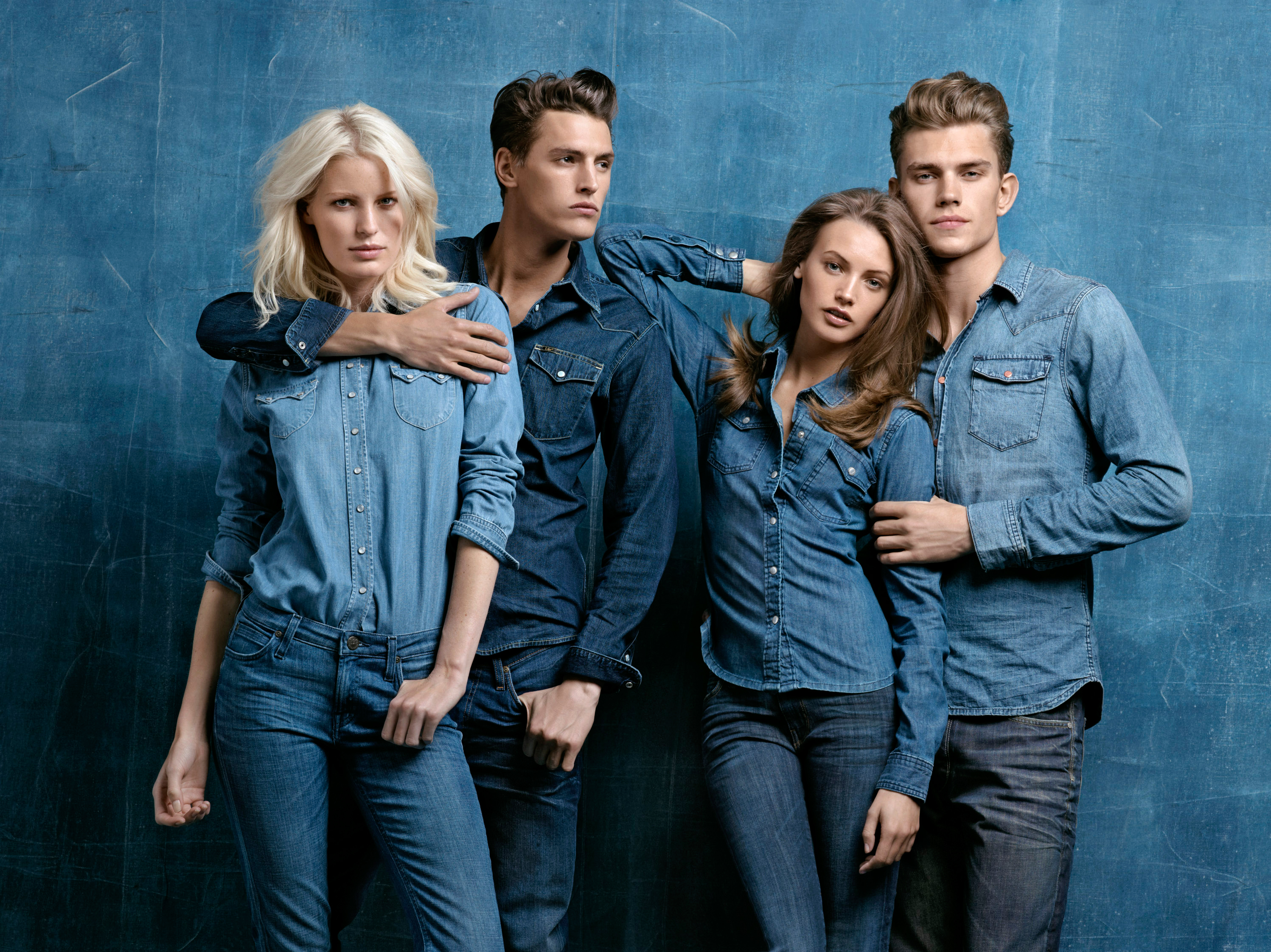
In the industry of workwear, jeans have made history. Practical and robust, they were ideal for jobs that put a strain on the clothes of workers and miners. But let’s go in order and make it clear: nowadays the term jeans indicates the cut of pants, while denim means fabric. So when we talk about shirts, jackets and dungarees made of this fabric, we are talking about denim clothes.
Denim fabric
Produced since 1400 in the French city of Nîmes, took its name from it. It was a material used to equip sailing ships and dress sailors. Exported all over the world through the port of the Maritime Republic of Genoa, it became a very popular fabric for its strength and economy. But four more centuries passed before it became an icon, thanks to the genius of the tailor Jacob Davis, partner of Levi Strauss.
From the Gold Rush to the Jeans
 In 1848 the rumor spread that California was rich in gold, and in a short time thousands of gold diggers came from all corners of the world to try their luck.
In 1848 the rumor spread that California was rich in gold, and in a short time thousands of gold diggers came from all corners of the world to try their luck.
The work was tiring and exhausting, both for the men and their clothing. The trader Levi Strauss jumped at the chance to open a company that would produce stronger clothing for miners and prospectors.
Nevertheless, some stitches on the work pants wore out very quickly and needed constant mending and repairs. To provide an answer to this problem, the tailor Jacob Davis added copper rivets as reinforcement on some of the seams most prone to wear.
It was immediately a success to the point that Levi Strauss & Co. had to patent the denim trouser model with five pockets and copper rivets to discourage imitations.
Jeans became the uniform of the Trans-American railroad workers, and spread among miners and cowboys.
When the patent expired in 1890, many companies were able to produce models with similar characteristics, including the company “ancestors” of Lee and Wrangler.
The small jeans pocket was also born in this era: born as a watch pocket, it has remained in time, and is now an integral part of the Levi’s brand.
A workwear garment
 From 1900 the original model underwent several modifications and modernizations, with an additional back pocket, a zipper instead of buttons, and it lost the shoulder strap buttons in favor of belt loops.
From 1900 the original model underwent several modifications and modernizations, with an additional back pocket, a zipper instead of buttons, and it lost the shoulder strap buttons in favor of belt loops.
In 1937 the jeans appeared for the first time in Vogue magazine, a late recognition, but certainly very significant. However, denim garments remained relegated to the world of work, at least until the Second World War when the iconic “Rosy the riveter” was born to celebrate the women who had replaced men at work in airplane, tank and cannon factories. Dressed entirely in denim, this imaginary figure, the fruit of propaganda, was portrayed as a heroine while contributing to the war effort with her work.
In the meantime, European manufacturers of work clothes had also started up clothing lines of this type and, thanks to the shortage of fabrics due to the rationing caused by the conflict, denim soon made its way into the wardrobes of the old continent.
Trademark of an era
In the ’50s, jeans finally became a mass production product, and, especially in the new rock ‘n roll scene, young people started using them in their free time. Stars such as James Dean, Marlon Brando, Elvis Presley and Bob Dylan become involuntary testimonials of this garment on the big screen and at big concerts.
Thus the figure of the young rebel emerged, which towards the end of the 1960s led to global protest and student revolts. Jeans became the icon of the rejection of social conventions and classism, almost turning into a uniform for the new generations. Under the name of blue-jeans, this garment began to change its appearance, thanks to the many brands that included them among their ready-to-wear productions.
Now a cult, adapting to new trends, jeans conquered a place of honor in closets all over the world.
Fashion and workwear
Today, a cult garment, jeans are available in many variations and colors. They are no longer linked to the exclusive use of denim, they can be ripped or decorated with various techniques. They are worn all over the world, crossing every social class and dressing every age, ignoring gender or origin and are in fact the first globalized garment.
However, they have kept their workwear function intact, Below we propose our selection of jeans and denim garments for professional use.




